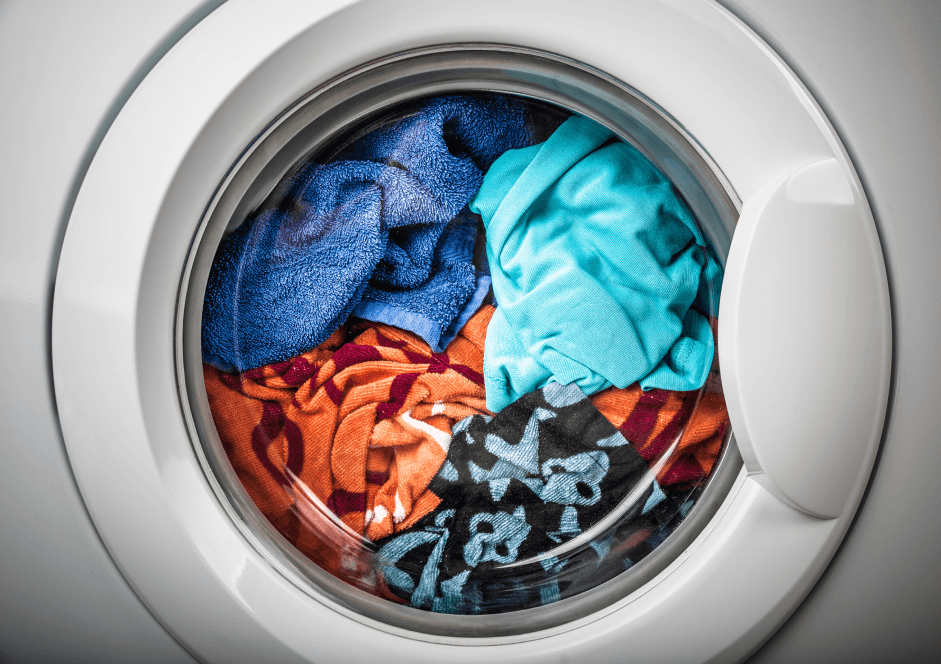Here’s a topic that affects our planet and our wallets: water conservation. Making cuts to your household water usage is achievable and often surprisingly simple. We’re going to walk through practical, impactful strategies to save water at home. Get ready to see a real difference in your utility bill and your environmental footprint.
Start with the Bathroom: Where Most Water Goes
The bathroom is the single biggest consumer of water in the home, so it’s the best place to start. A leaking toilet, for example, can silently waste hundreds of gallons per day—that’s not an exaggeration! To check for a leak, put a few drops of food coloring in the tank and wait 15 minutes without flushing. If color appears in the bowl, you have a leak that needs immediate attention, likely just a faulty flapper.
Beyond leaks, let’s talk about fixtures. Replacing older showerheads and faucets with WaterSense-labeled high-efficiency models is a game-changer. These fixtures are designed to use significantly less water while maintaining excellent pressure and performance. And, of course, the classic advice holds true: cut your shower time by just a minute or two, and turn off the faucet while brushing your teeth. These small habits add up to massive savings over time.
Save Water At Home: Kitchen and Laundry
Moving to the kitchen, the dishwasher often gets a bad rap, but modern, efficient dishwashers actually use less water than washing dishes by hand, provided you run full loads. The key is to skip the pre-rinse; scrape food debris off plates instead. Today’s detergents and dishwashers are powerful enough that you don’t need to rinse them under running water first. For the clothes washer, always adjust the water level setting to the size of your load or, better yet, always run full loads. If you’re in the market for a new machine, prioritize high-efficiency front-loading models, which use much less water than older top-loaders.
Outside the House: Smart Landscaping
When you look outside, irrigation is typically the largest outdoor water use, often accounting for 50% of residential water consumption. The solution is smart watering. First, check your sprinklers for leaks and make sure they’re watering your lawn, not your sidewalk. Or consider transitioning to a water-wise landscape, known as xeriscaping. This involves using drought-tolerant plants native to your region. They require little to no supplemental watering once established. Mulching garden beds is also crucial, as it retains moisture, suppresses weeds, and keeps the soil cooler, drastically cutting down on the need to water. Time your watering for the early morning hours, when evaporation is lowest.
The Home-Wide Audit: A Systematic Approach
Get into the habit of performing a periodic home water audit. Check all visible pipes, connections, and fixtures regularly for leaks. Even tiny drips can waste gallons. Consider installing a smart home water monitor. These devices attach to your main water line, track your real-time water usage, and alert you instantly via an app if an abnormal flow, like a major leak, is detected. Control of your water usage is about awareness, maintenance, and smart upgrades. Start small, be consistent, and you will become a true champion of water conservation in your home.
FAQs About How To Save Water At Home
Is it beneficial to use a rain barrel to collect water for outdoor use?
Absolutely! Rain barrels are a fantastic way to capture rainwater runoff from your roof. This water is naturally soft (no minerals) and free of charge. Use it to water your lawn and garden beds, reducing your reliance on treated city water, especially during dry spells.
Are there any water-saving tips for washing my car at home?
Instead of using a running hose, wash your car using a bucket of soapy water and a sponge. Use the hose only for a quick final rinse. If you must use a hose, attach a spray nozzle with a shut-off valve to control the flow and prevent waste.
What is “gray water”, and can I use it to save water at home?
Gray water is gently used water from sinks, showers, bathtubs, and washing machines. It excludes water from toilets and kitchen sinks. In many areas, it is permissible to divert gray water to irrigate non-edible plants. This will drastically cut your outdoor water use, but check your local municipal codes before installing a system.
TUFF Home Inspections provides home inspection services in New Jersey. Contact us to book an appointment.

